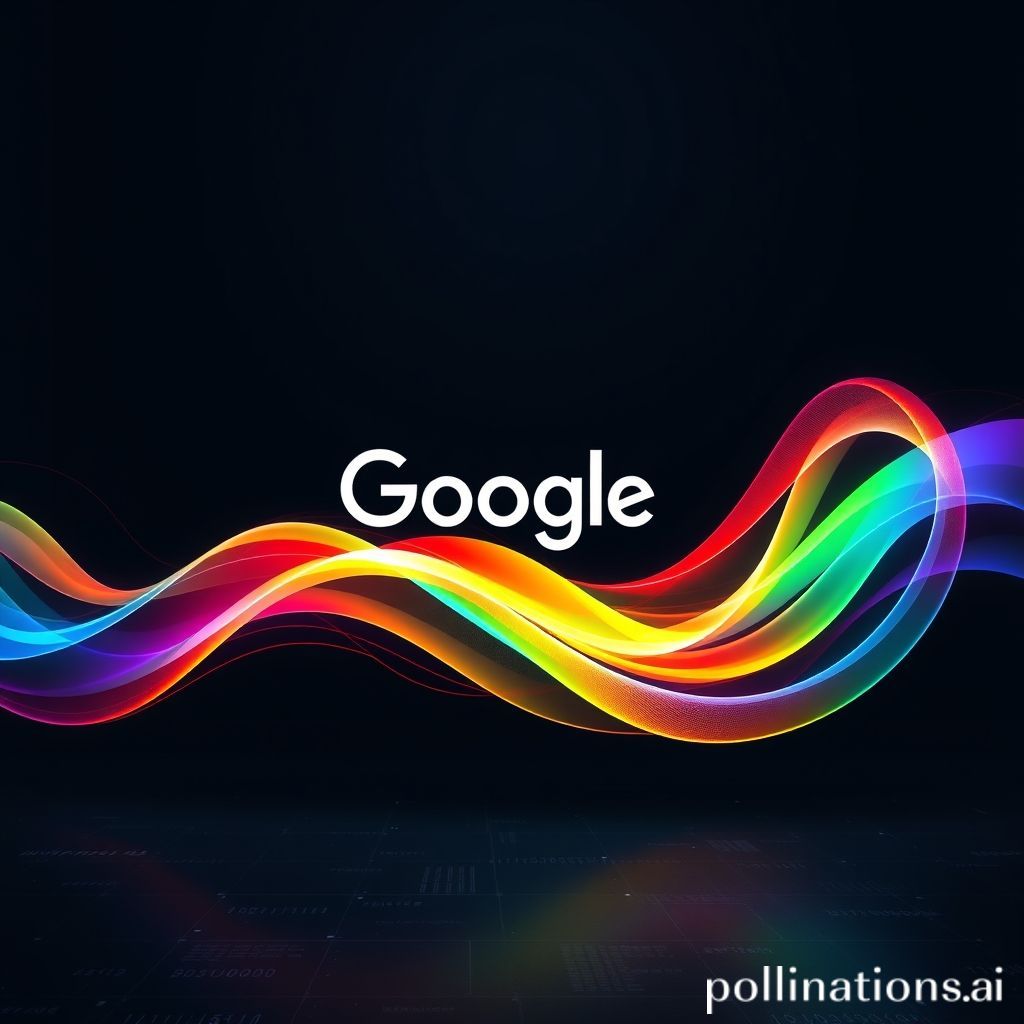Okay, let’s talk about something seriously cool. I stumbled across a fascinating piece about Sundar Pichai, the CEO of Google, and how he’s been spending some of his downtime. Turns out, he’s diving headfirst into something called “vibe coding.”
“Vibe coding,” as the Entrepreneur article [https://www.entrepreneur.com/business-news/google-ceo-sundar-pichai-is-vibe-coding-a-website-for-fun/492833] puts it, is basically prompting AI to write code for you, rather than doing it the old-fashioned way (manually). Think of it as describing the feeling you want a webpage to have, and then letting AI translate that vibe into functional code.
Honestly, my first thought was, “Okay, that sounds both incredibly powerful and slightly terrifying.”
We know AI is already making waves in software development. A recent McKinsey report estimates that AI automation could contribute up to $5.1 trillion to the global economy by 2030, with software development being a prime area for disruption [https://www.mckinsey.com/featured-insights/future-of-work/the-future-of-work-after-covid-19]. Seeing the CEO of Google, a company at the forefront of AI innovation, personally experimenting with this technique sends a clear message: this isn’t just a trend, it’s potentially the future.
It also makes me think about the potential accessibility this unlocks. Could “vibe coding” lower the barrier to entry for coding, enabling people with great ideas but limited technical skills to bring their visions to life? Could it help accelerate development cycles, allowing teams to prototype and iterate faster than ever before?
The truth is, we’re still in the early stages, but the implications are huge. The rise of low-code/no-code platforms demonstrates the desire for increased accessibility in development. Gartner predicts that by 2024, low-code application development will be responsible for more than 65% of application development activity [https://www.gartner.com/en/newsroom/press-releases/2019-09-05-gartner-forecasts-worldwide-low-code-development-technologies-market-to-grow-more-than-20-percent-in-2020]. “Vibe coding” feels like a natural extension of this trend.
The interesting question is: how good is it really? I’m picturing a future where developers become more like architects, shaping the overall vision and guiding the AI, rather than meticulously writing every line of code. It’s a shift from syntax mastery to strategic oversight. This might alleviate the growing talent shortages in software development, as companies can do more with less. According to the U.S. Bureau of Labor Statistics, employment in computer and information technology occupations is projected to grow 15 percent from 2021 to 2031, much faster than the average for all occupations [https://www.bls.gov/ooh/computer-and-information-technology/home.htm].
But, it also means we need to start thinking about the skills developers of the future will need. It’s less about rote memorization of syntax and more about understanding AI, prompt engineering, and the overall architecture of systems.
Here are my takeaways:
- AI is coming for code. Don’t panic, but embrace the shift.
- “Vibe coding” is more than a buzzword. It represents a fundamental shift in how we might build software.
- Accessibility is key. AI-powered development tools could democratize software creation.
- Skillsets are changing. Developers need to adapt to a world where they work alongside AI.
- The future is uncertain, but exciting. Let’s experiment and learn together.
FAQ: Vibe Coding & AI in Software Development
1. What exactly is “vibe coding”?
“Vibe coding” is using AI to generate code based on prompts that describe the desired feeling, look, or functionality of a webpage or application, instead of writing code manually.
2. Is this just a gimmick, or is it actually useful?
While still in its early stages, vibe coding has the potential to accelerate development, lower the barrier to entry for coding, and allow for faster prototyping and iteration. It’s not just a gimmick.
3. Will AI replace developers entirely?
It’s unlikely AI will completely replace developers. Instead, it will likely augment their abilities, allowing them to focus on higher-level tasks like architecture and strategy.
4. What skills will developers need in a “vibe coding” future?
Developers will need skills in AI prompt engineering, understanding AI outputs, system architecture, and strategic oversight.
5. Is “vibe coding” related to low-code/no-code platforms?
Yes, it can be seen as a natural evolution of the low-code/no-code trend, further simplifying the development process.
6. What are some of the potential benefits of “vibe coding” for businesses?
Potential benefits include faster development cycles, reduced costs, increased accessibility to software development, and alleviation of talent shortages.
7. What are some potential downsides or challenges of “vibe coding”?
Challenges include ensuring the quality and security of AI-generated code, maintaining control over the development process, and adapting to new skillsets.
8. What tools or platforms are currently available for “vibe coding”?
While there are no specifically “vibe coding” platforms yet, existing AI code completion tools like GitHub Copilot and other AI-powered coding assistants are paving the way for this technology.
9. How can I learn more about AI in software development?
Follow industry news, take online courses on AI and machine learning, and experiment with AI-powered coding tools.
10. How secure is code generated by AI?
AI-generated code is as secure as the data it was trained on. Because of this, make sure that an expert is always reviewing the code and that security best practices are being followed to prevent any vulnerabilties.

